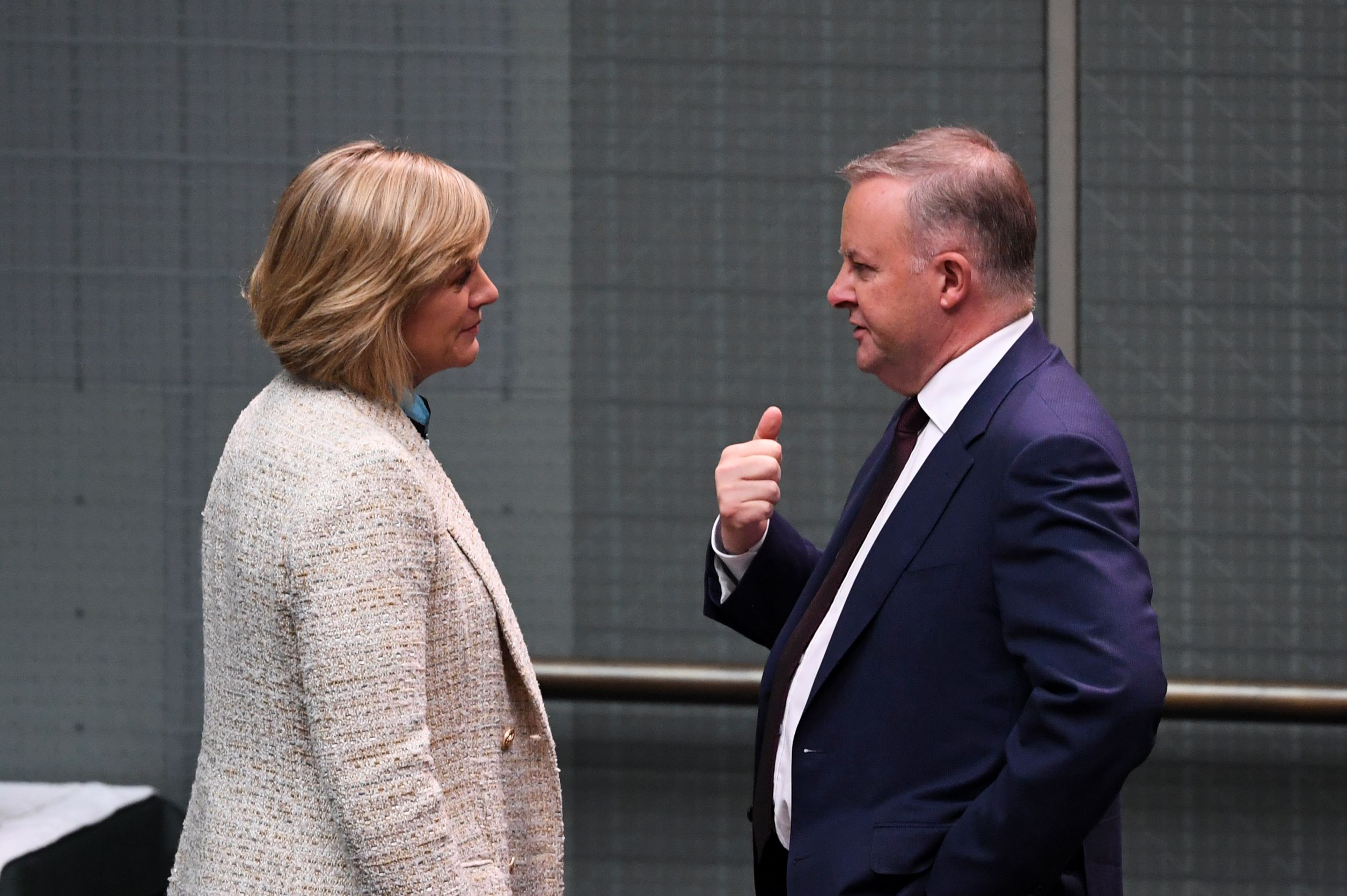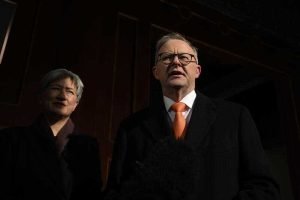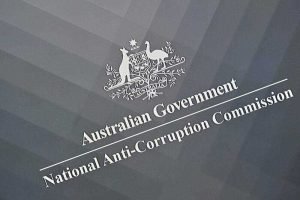The Shot
Why the ALP should DLP the LNP

Six weeks into government, Prime Minister Albanese announced that he would radically cut the number of staffers provided to crossbenchers, reducing their parliamentary staff to one, sending the teal wave into a mini Twitter meltdown.
While some are hoping this is an ambit claim of Albanese, it is much more likely a shot across the bow, evidence of the ALP’s mistaken belief that it governs best if, and only if, it is solely in charge.
The 2022 election was unusual not because the ALP won a majority, but because it has given the ALP the opportunity to relegate Morrison’s limp-shaking agenda to the dustbin of history. Ironically ‘majority thinking’ that kicks rather than courts the crossbenchers could get in the way of achieving that goal.
It’s all happened before, sort of.
The Democratic Labor Party (DLP) split from the ALP in 1955. The party, comprising the conservative Catholic wing of the labour movement then kept Labor out of national office for two decades. A swathe of DLP Senators pumped Coalition legislation through the parliament not only during the Menzies years, but even during the rotating Prime Ministerial pantomime that lasted until Whitlam. The DLP’s profile in the Senate (like their role in Catholic School funding) had a devastating impact in the lower house, where the the DLP ran against the ALP in marginal seats, attracting Catholic and more socially conservative voters, splitting the Labor vote and sending their preferences to the Liberals.
Time in the wilderness changed the ALP. In order to win, Whitlam built a powerful new coalition that stretched from the working class to the middle class, cultivating the support of women and multicultural communities. The ALP’s former leader Arthur Calwell, who once said ‘two Wongs don’t make a white,’ was relegated to history.
The 2022 Election was not a crushing win by the ALP, but it was a devastating loss for the Liberal Party. The ‘teal’ community independents split the Liberal Party, externalising its ‘women problem’, electing a new parliamentary block in the lower house seeking action on climate change and corruption.
For the ALP to successfully ‘DLP’ the LNP, the ALP, like Menzies, needs to create a political environment where the independents thrive. That means involving them and their issues in policy and legislative debate, and supporting them to be successful local members. By the next election, if the independents can demonstrate that they have made a difference on climate and corruption, then they will likely win again. New independents might run alongside them.
Instead of seeing the DLP as potential rivals for conservative votes, Menzies saw that the DLP was a useful flank against the Labor Party. The whole reason we have Federal funding for private schools today is because Menzies decided to fund Catholic schools to help the DLP electorally. He realised his enemy’s enemy was his friend.
While it’s realpolitik for the ALP to help the independents succeed, political inertia is already working against them.
Political parties run in elections in the hope of governing. But governing in Australia regularly forces parties to work with much smaller groups – the ‘unrepresentative swill.’ While Gillard’s minority government made these constant compromises work, they only did it because they had to. In majority, the sheer size of the ALP begets an entitlement to govern, a self-belief that they shouldn’t be beholden to less representative outsiders, including independents.
Parties also cultivate loyalty. While ALP members come from quite diverse backgrounds, the ALP’s institutional culture is pretty homogenous. Members wrangle internally, then outside they defend the machine and its policies. While the solidarity is admirable, the reality is that many are often left defending policies that they don’t agree with and are unpopular. Mild criticisms or suggestions from outsiders are often treated as lethal attacks. Loyalty can make parliamentary collaboration brittle.
If the community independents are to become a long-term political force, the ALP needs to overcome their “do it alone” culture and work with these outsiders. To do this, Whitlam’s history of coalition-building could provide a useful guide.
As climate change disrupts the electoral alliances of the right, 2022 presents an extraordinary opportunity to build a broad-based centre-left alliance. I’m not talking about building a new party or even setting up a formal structure. All that is needed is for the ALP to deploy the practical skills of alliance building. If they can build relationships, listen, negotiate and act with the women who are standing in the way of the Liberal National Coalition forming government, then the ALP wins. And the longer the independents are there – the greater the chance that when the Coalition finally remerges, it will be better than before.






